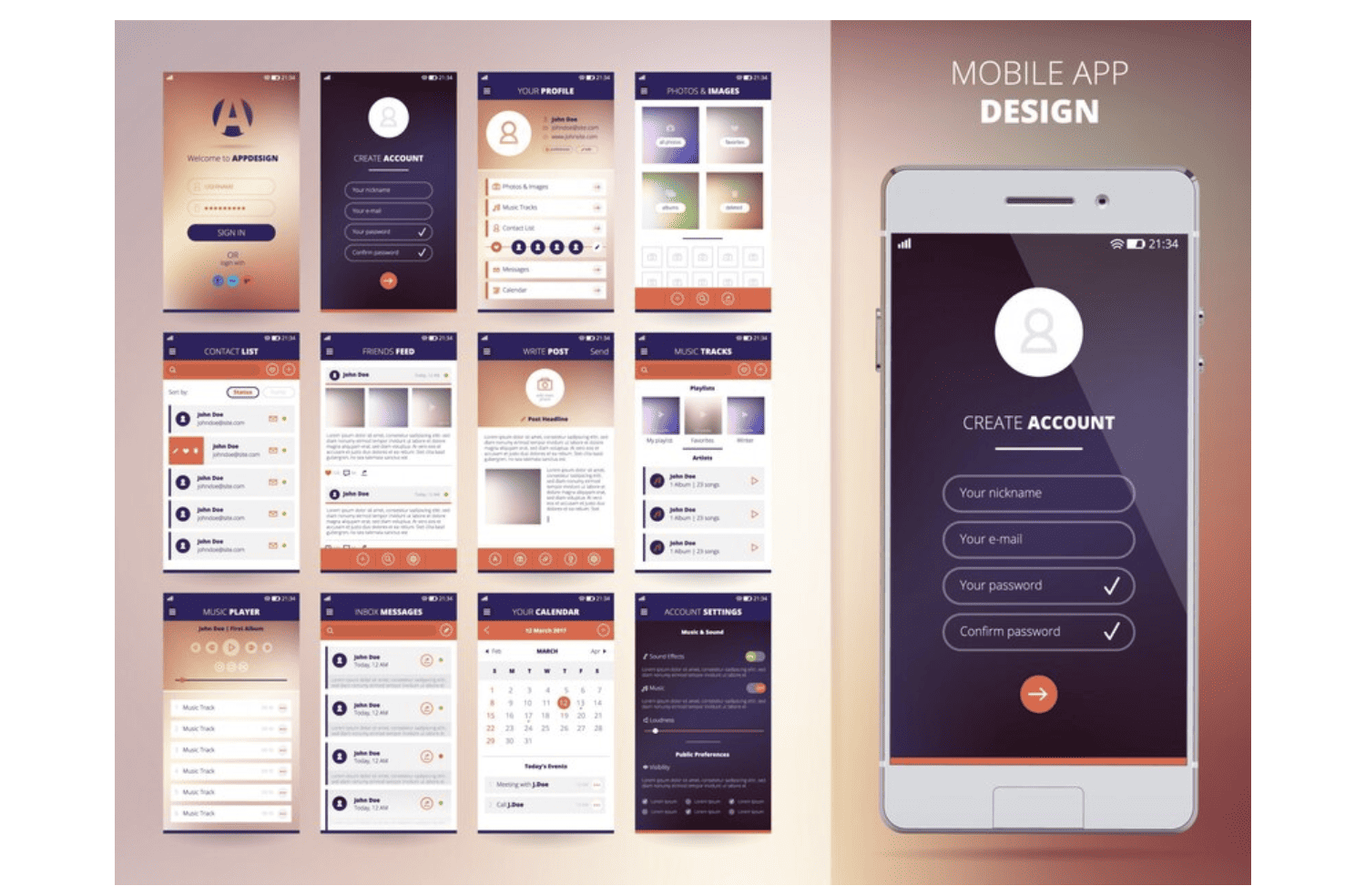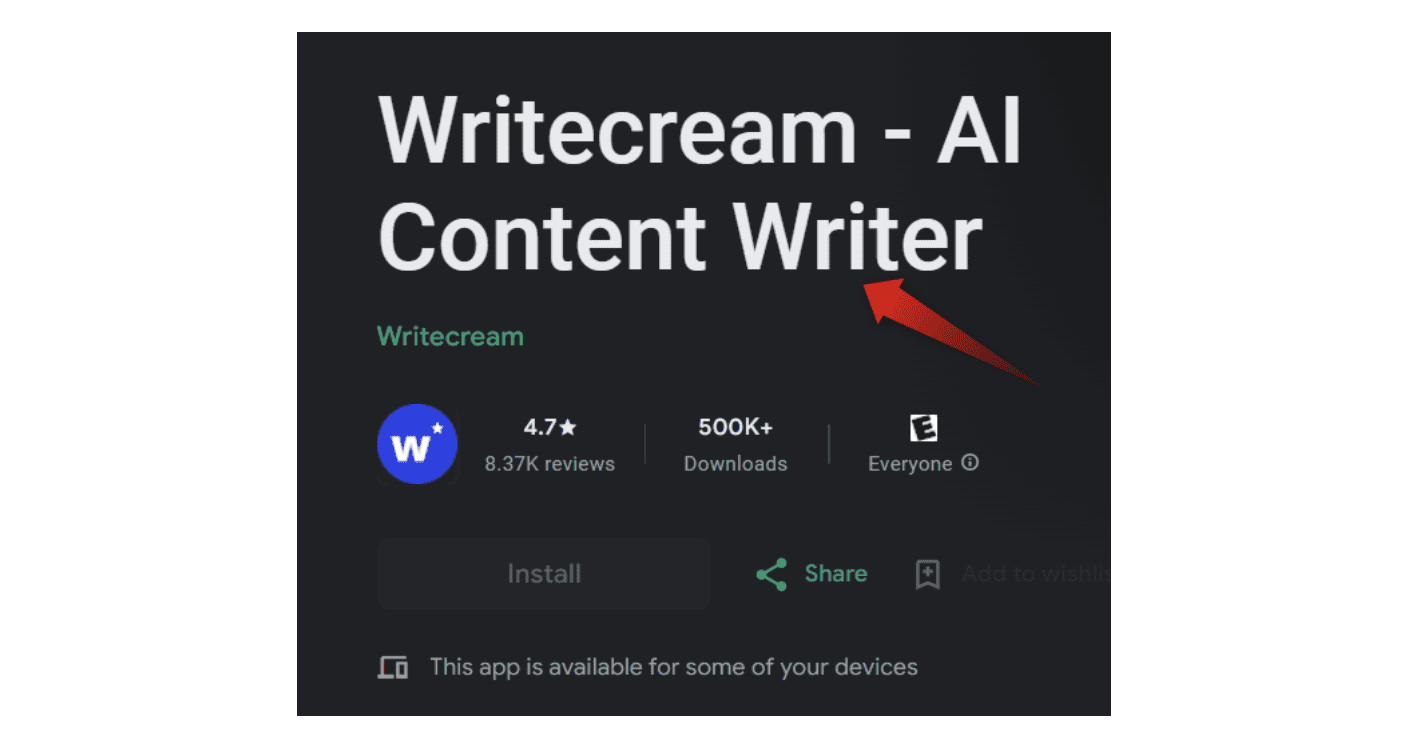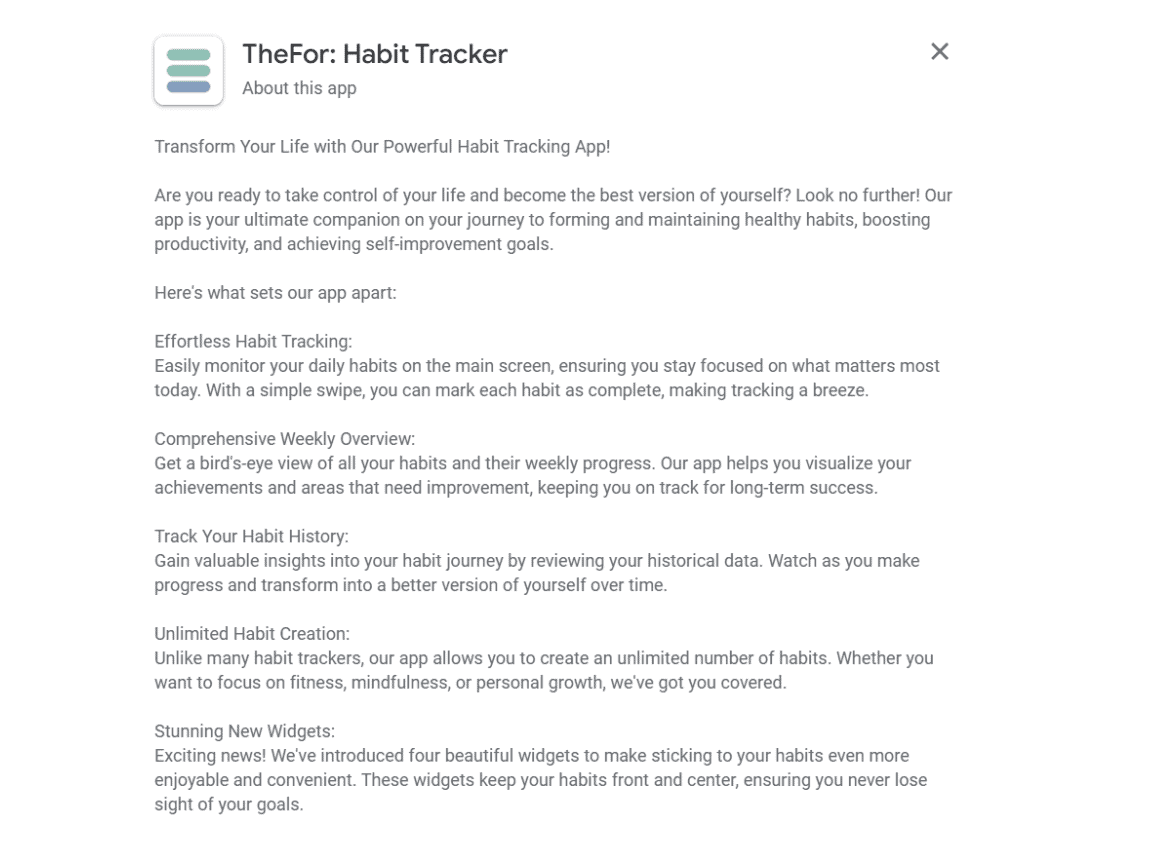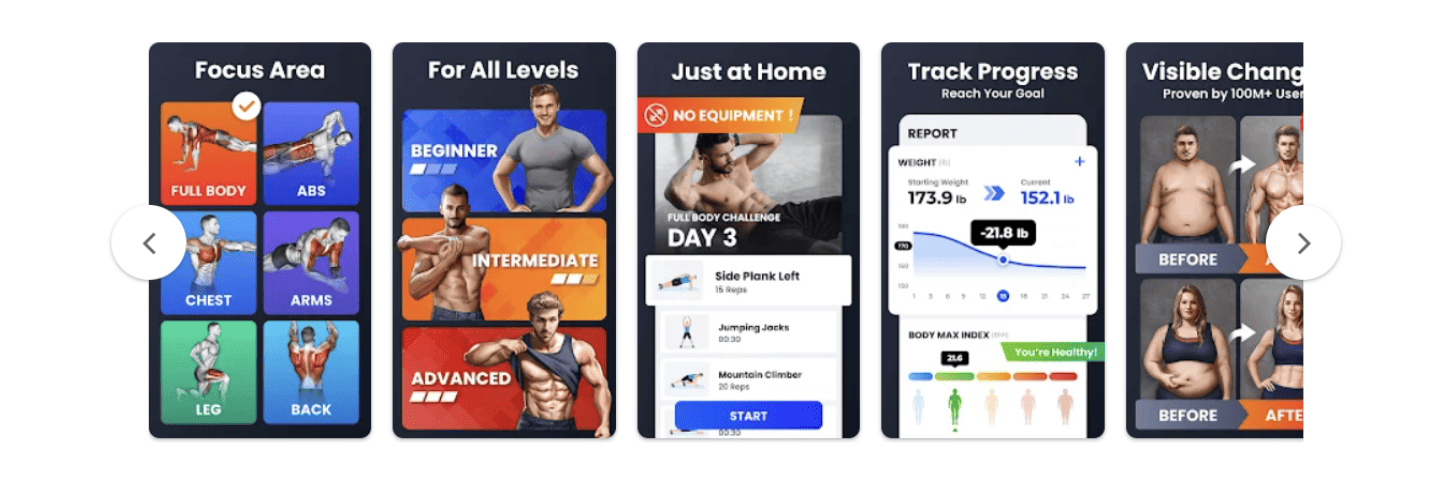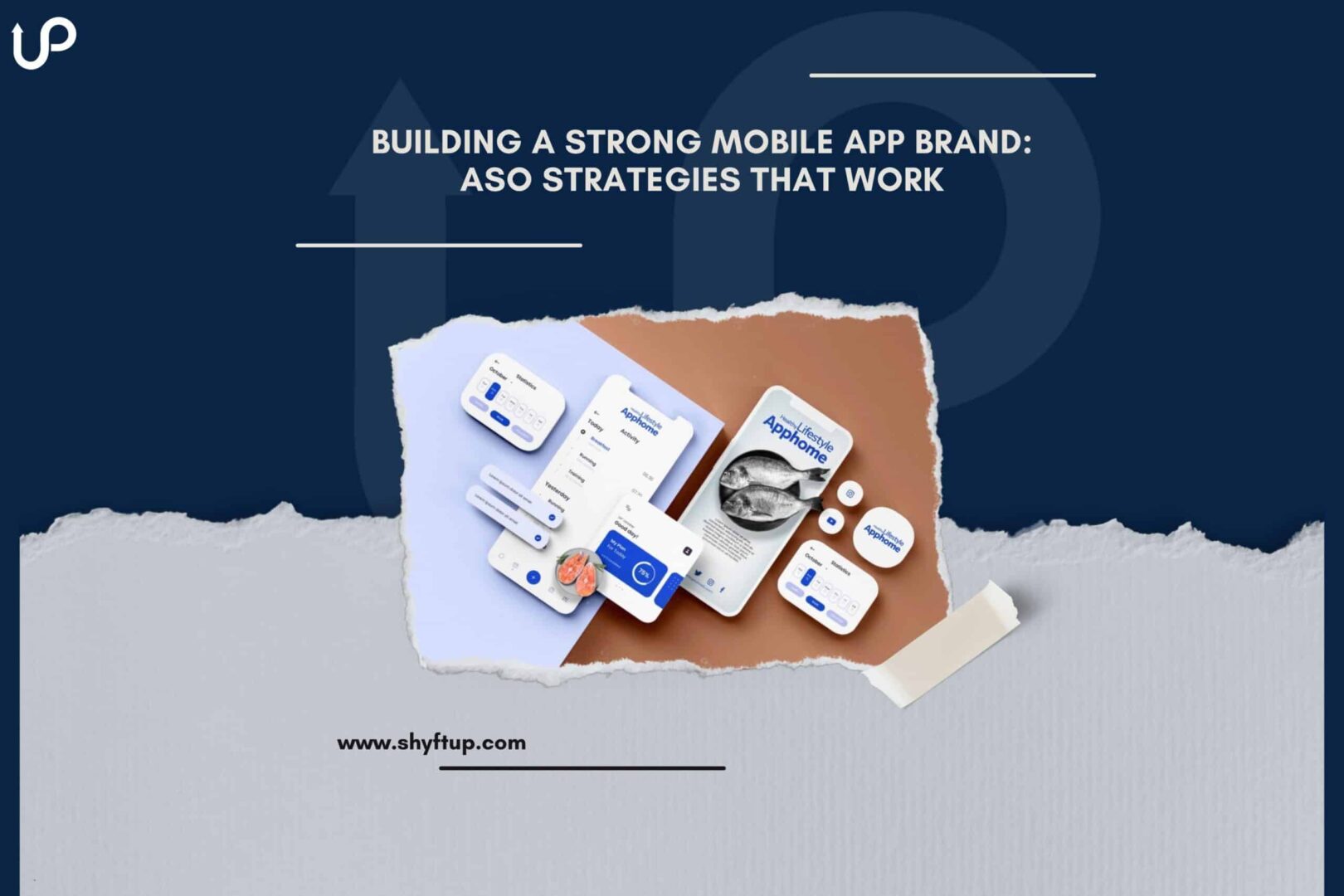
With millions of mobile apps available in app stores today and thousands more being added each month, the challenge of standing out is more pronounced than ever. One of the most effective strategies to overcome this hurdle is to build a strong mobile app brand, and the key lies in adopting successful App Store Optimization (ASO) strategies.
However, forging a memorable mobile app brand poses various challenges. Whether you’re a newcomer to app marketing or seasoned in the field, success is not serendipitous. It requires deliberate and conscious efforts to navigate the competitive landscape. Decision-making can’t rely on assumptions alone; it must be grounded in concrete data.
In this post, we will delve into effective ASO strategies designed to assist you in constructing a memorable mobile app brand. Continue reading to gain valuable insights!
Why Do You Need a Strong Mobile App Brand?
Building a strong mobile app brand isn’t optional, but rather it’s mandatory. In the dynamic landscape of mobile applications, it’s not enough to simply create an impressive product — you need branding strategies to truly bring your app to the next level of success.
To help you better appreciate the importance of branding for your mobile app, here’s a concise list of reasons:
- Differentiation: Stand out in a crowded market with a memorable and distinctive brand.
- Trust and Credibility: Build trust among users by establishing a credible and reliable brand identity.
- User Loyalty: Foster user loyalty, encouraging repeat usage and long-term engagement.
- Positive User Perception: Create a positive first impression, influencing users to explore and engage with your app.
- Word-of-mouth Recommendations: Encourage satisfied users to recommend your app, driving organic growth.
- Competitive Edge: Gain a competitive advantage by influencing users’ choices in your favor.
- Monetization Opportunities: Facilitate monetization by creating an environment where users are more willing to invest in premium features or make in-app purchases.
Building a strong mobile app brand is essential for establishing a lasting presence, building trust with users, and ensuring the sustained success and growth of your application in the dynamic app market.
How to Build a Strong Mobile App Brand with ASO Strategies
Now that you know the reasons you should build a strong mobile app brand, it’s time to learn about how to combine your branding strategies with your ASO strategies. Here are the most effective ways for you to achieve this:
1. Define Brand Identity
This is the first and the most important step that you need to take seriously. Before anything else, you need to define your brand identity so that you have the right foundation for your app marketing strategies.
Remember that with branding, you want to create a strong and recognizable presence for your mobile app. It involves establishing a clear understanding of what your app stands for, how it differs from others, and the kind of emotional response you aim to evoke from users. Here’s a breakdown of the key components involved:
Mission
Your app’s mission statement encapsulates its primary purpose and the impact it aims to make. It should be concise, yet meaningful, reflecting the core reason your app exists. The mission statement serves as a guiding principle for your team and communicates to users the broader goals your app aspires to achieve.
Values
Identifying the values that drive your app is essential in shaping its character. These values might include principles like innovation, user-centricity, transparency, or any other core beliefs that influence the way your app operates. Aligning your actions with these values builds credibility and fosters trust with your users.
Unique Selling Propositions (USPs)
Clearly articulate what sets your app apart from the competition. This could be a unique feature, a distinctive user experience, or a specific benefit that users can only find with your app. Emphasizing these USPs helps potential users understand why they should choose your app over others in the market.
Emotions and Experiences
Consider the emotional responses and experiences you want users to associate with your app. This involves understanding the desired user journey and the feelings you aim to evoke at different touchpoints. For example, if your app is focused on productivity, users should feel empowered and efficient when using it.
Consistency Across Touchpoints
Maintaining a consistent brand identity across various touchpoints is crucial. This includes the app interface, website, social media, marketing materials, and any other platforms where users interact with your brand. Consistency reinforces brand recognition and ensures that users receive a coherent and unified experience.
User Persona Alignment
Understand your target audience and align your brand identity with their preferences, values, and expectations. Tailor your messaging, visuals, and interactions to resonate with your ideal users, creating a sense of relatability and connection.
Iterative Process
Defining your brand identity is not a one-time task; it’s an ongoing, iterative process. As your app evolves, so might your mission, values, and USPs. Regularly revisit and refine your brand identity to ensure it stays relevant and aligned with your app’s growth and changing market dynamics.
A well-defined brand identity not only helps in attracting the right audience but also forms the foundation for consistent and effective branding efforts, contributing to the overall success and recognition of your mobile app.
2. Optimize App Title
Once you have established your branding concept, it’s time to apply ASO strategies that would promote your brand and increase your app’s visibility.
First off, you need the right app title. To craft an effective app title, you should follow these principles:
- Prioritize clarity by keeping it clear and straightforward.
- Create a memorable impression by using catchy or unique words.
- Integrate your brand name for increased brand recognition and consistency across your app’s presence.
- Include relevant keywords that users might use in search queries.
- Mention the core value, features, and functionality of your app.
One good example is the app title of Writecream. By adding the “AI Content Writer,” it gives the readers a quick idea of what the app is all about. Writecream is part of its branding.
Optimizing your app title requires a careful balance between being descriptive, concise, and memorable. It’s a crucial component of ASO that contributes significantly to your app’s visibility in app stores and helps attract the right audience. Regularly review and update your app title to align with user expectations and any changes in your app’s functionality or features.
3. Create a Captivating App Icon
The app icon plays a crucial role in your mobile app’s visual identity, serving as the first point of contact with potential users. The app icon is a visual representation of your brand. It should align with your brand’s color scheme, style, and overall identity.
One important tip is to keep the design simple and clear. A cluttered icon can be confusing and less memorable. Aside from that, aim for uniqueness to make your app stand out in a sea of icons. A distinctive icon is more likely to catch the user’s eye.
4. Write an Informative App Description
Crafting an informative app description is a crucial aspect of App Store Optimization (ASO) as it serves as a key source of information for potential users.
Here’s a good example of an app description written for TheFor: Habit Tracker. The first sentence talks about the main feature of the app. Then, the next paragraph starts with a question to grab people’s attention.
The whole description is easy to read and scan since the paragraphs are written in small chunks.
When writing your app description, you want to capture your audience’s attention immediately. You can do this by starting with a clear and concise introduction, followed by short paragraphs and bullet points for easy readability. Prioritize highlighting your app’s key features and functionalities, focusing on those that set your app apart.
You may want to mention the pain points of your audience and demonstrate how your app provides solutions. Whenever possible, incorporate positive reviews or testimonials and share any awards or recognitions your app has received to build trust and credibility. Conclude with a compelling call to action to motivate potential users to download your app.
When writing an app description in the Google Play Store, be sure to add relevant keywords naturally to improve discoverability. In the App Store, you don’t need to worry about keywords. So, you can simply write your description according to your marketing strategy.
5. Utilize Keywords Effectively
Utilizing keywords effectively in your App Store Optimization (ASO) strategy is crucial for improving your app’s visibility in app stores. Start by conducting thorough keyword research to identify terms and phrases relevant to your app. Use tools like Google Keyword Planner, App Annie, or other ASO tools to discover high-volume keywords that users commonly search for.
Prioritize keywords with a high search volume to maximize visibility. However, also consider the competition for those keywords. Aim for a balance by targeting keywords with significant search volume but relatively low competition.
Once you have identified the right keywords, be sure to add your most important keyword in your title. Then, add the second most important keyword to your subtitle or short description. Then, for the Apple App Store, add your remaining keywords to your keyword field while in the Play Store, add them to your app description.
6. Optimize Visual Assets
Optimizing visual assets is a crucial component of App Store Optimization (ASO) as it directly influences users’ first impressions and their decision to download your app. There are two basic visual assets you need to invest in to ensure you’ll impress your target audience.
Screenshots
The first one is the screenshots. Choose screenshots that highlight the core functionalities and unique features of your app. Give users a glimpse of what sets your app apart. Clearly depict the benefits users will gain from using your app. This can include time-saving features, enhanced convenience, or any other value propositions.
The arrangement of your screenshots matters as well. Arrange screenshots in a sequence that tells a story about your app’s user journey. This can help users visualize how they would interact with your app.
Don’t forget branding when creating your screenshots. Ensure that the design of your screenshots is visually appealing and consistent with your overall brand.
Videos
The second type of visual asset for your app is the video. Create short and engaging videos that quickly convey your app’s value proposition. Attention spans are short, so focus on the most compelling aspects. Moreover, you need to showcase how users can navigate through your app and interact with its main features. Provide a brief but comprehensive overview of what your app offers.
If your budget permits, invest in professional video production to ensure high-quality visuals, clear audio, and a polished presentation. A well-produced video reflects positively on your app’s professionalism and could even dramatically boost your branding.
At the end of the video, clearly state what action you want users to take after watching the video. Whether it’s downloading the app, signing up, or exploring further, guide users with a strong call to action.
7. Encourage Positive Reviews and Ratings
One of the most important ranking factors in app stores is the reviews and ratings. Simply put, the higher your ratings are the more positive reviews you receive, and the higher the possibility that your app grabs the spotlight.
That’s why, you need to prompt users to leave reviews and ratings at strategic points within the app, such as after completing a significant task or achieving a milestone. Avoid interrupting the user experience with intrusive pop-ups.
Timing is key here. Choose the right timing to request reviews. For instance, asking users who have just completed a purchase or achieved a goal in the app might yield more positive feedback. Use in-app messages or notifications to gently remind users to leave a review. Keep the language friendly and emphasize the value of their feedback in improving the app.
Learn more about Mobile App Brand
Mobile app branding is an important part of your marketing strategies. With the right App Store Optimization campaign, you can boost your app’s brand and make it more recognizable.
If you wish to ensure your mobile app branding is done right, you should get the help of the experts. ShyftUp is among the leading user acquisition agencies in the world today. With their experience combined with industry-leading expertise and tools, they partner with you to create the right brand for you.
Give them a try and book a demo today!
Why Do You Need a Strong Mobile App Brand?
How to Build a Strong Mobile App Brand with ASO Strategies
Unique Selling Propositions (USPs)
Consistency Across Touchpoints
3. Create a Captivating App Icon
4. Write an Informative App Description
5. Utilize Keywords Effectively
